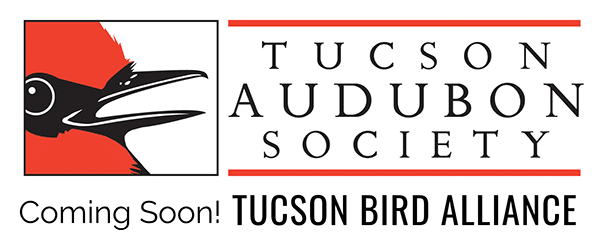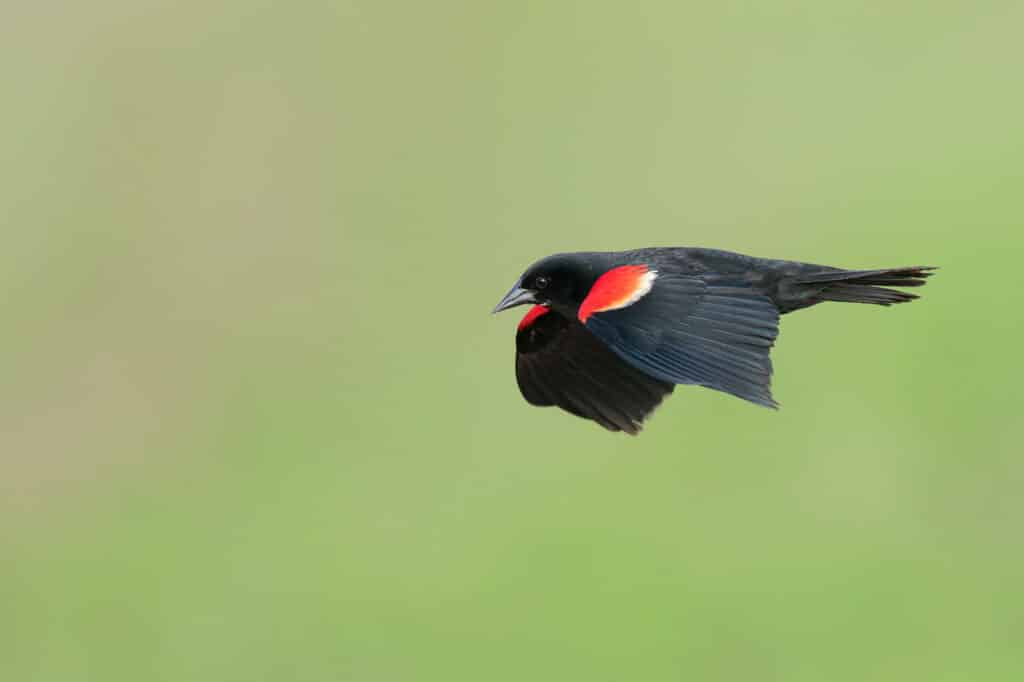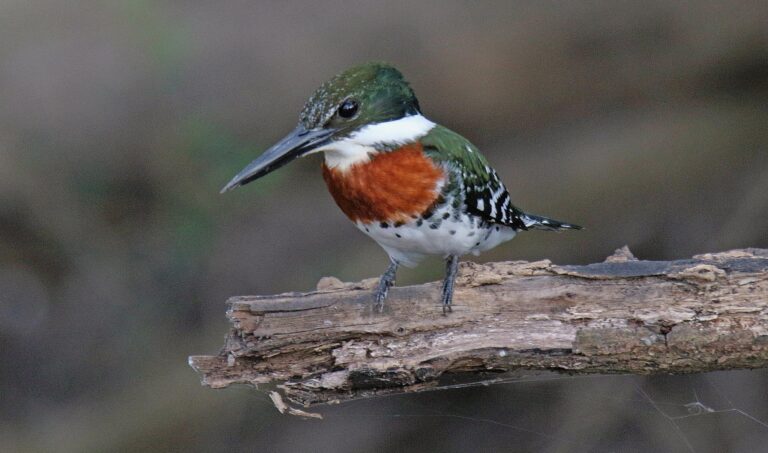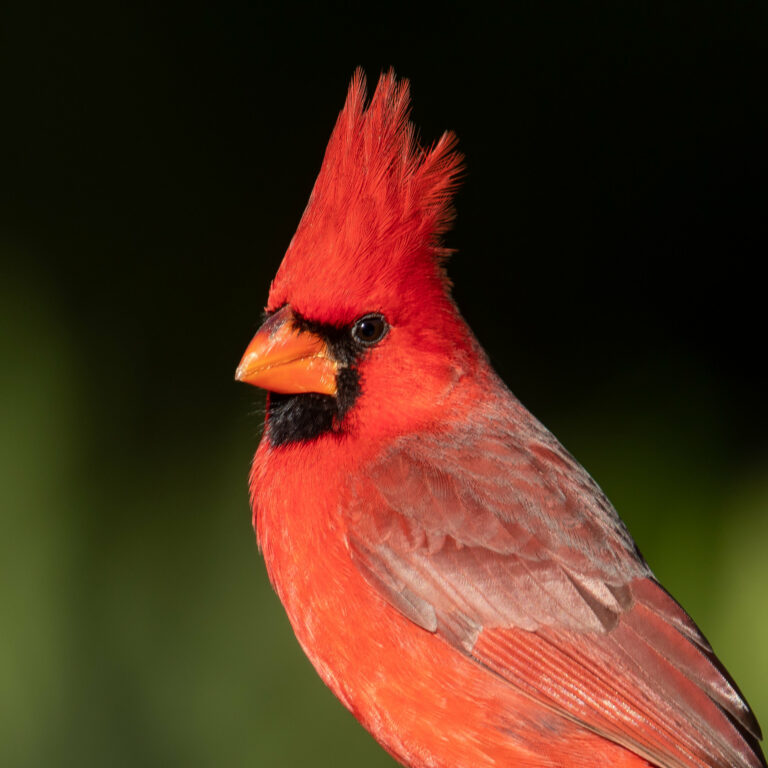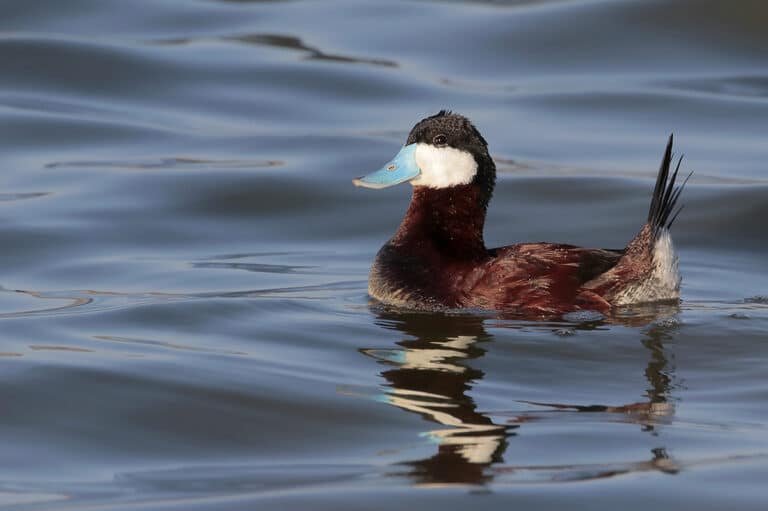The arrival of greater numbers of Red-winged Blackbirds and hearing their boisterous conk-la-lee! songs are welcome signs of the coming spring after long, cold winters in the east and north. In Southeast Arizona, these occurrences signal opposite but still very welcome feelings—the comfortable temperatures of winter are coming! These striking jet black birds with bright red and yellow shoulder patches (epaulets) are widely distributed across North America and can be found in Arizona year-round, but their numbers increase in winter as birds from the north move into the region. The species is highly sexually dimorphic, the streaky and intricately-patterned females resembling sparrows. Red-winged Blackbirds form very large winter flocks, often with Yellow-headed Blackbirds, grackles, cowbirds, and European Starlings, and the birds can be easily viewed once their daily patterns are determined. Locally, the Santa Cruz River corridor in Marana and Avra Valley is an excellent place for this as thousands of birds lift off en masse each morning from marshy wetland roosting sites and fly north to agricultural fields to feed for the day.
Red-winged Blackbirds breed in fresh and saltwater marshes of various sizes, fields, suburban habitats, and even urban parks across North America south to Costa Rica, and the Bahamas. The species is known for polygynous breeding where as many as 15 females have been documented nesting on one male’s territory. Studies have shown, however, that territory owners are not necessarily the fathers of all young—a quarter to half of nestlings are usually sired by another male. An experiment that moved nestlings between populations of different Red-winged Blackbird subspecies that vary greatly in size and proportion found that chicks grew to look similar to their foster parents. Interestingly, the study showed that the differences between populations seemed to be more the result of environmental stimuli rather than different genetic makeups.
Image by Greg Lavaty
